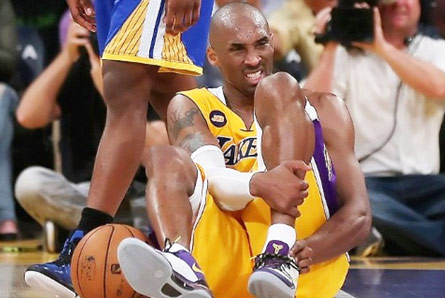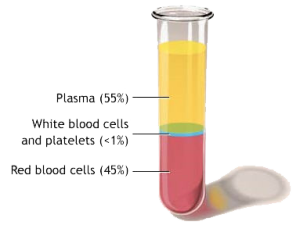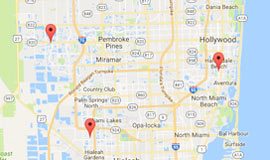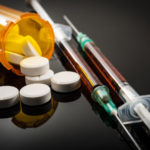At our Orthopedic and Sports Medicine clinic, we’ve noticed that professional athletes are often in the vanguard of medical treatment. Because they cannot afford to miss much time away from their sport, these athletes are open to unusual and new therapies.
 PRP (Platelet Rich Plasma) is one such technique and true to form, Kobe Bryant was one of its first advocates. Some say PRP helped Bryant play at least another three seasons despite arthritic problems in his right knee.
PRP (Platelet Rich Plasma) is one such technique and true to form, Kobe Bryant was one of its first advocates. Some say PRP helped Bryant play at least another three seasons despite arthritic problems in his right knee.
Another star basketball player, Brandon Roy, was forced to retire with an ankle injury but PRP treatment for his knee had kept him in the game for at least an extra year or two.
This type of therapy has been used fairly extensively in other sports as well. Tiger Woods, Alex Rodriguez, and Hines Ward are just a few of the famous athletes who’ve embraced the treatment. And although the term may be new to the public, it is not new to the medical community. In fact, it’s been used in the operating theater for quite a few years.
In our sports medicine clinic, we’ve used the treatment to speed healing after surgery.
How PRP (Platelet Rich Plasma) Helps To Recover From Sports Injuries
PRP, which stands for platelet-rich plasma therapy, is one of nature’s minor miracles. It involves re-injecting a patient’s own platelets back into his body after they’ve been separated from other blood components. Platelets contain growth factors which promote healing and encourage tissue regeneration.
 The beauty of PRP therapy is that it taps into the body’s own healing processes. This means there are fewer side effects, no infection, and near-zero risk that your body will reject the healing material. While it’s been proven to help with acute injuries– such as sudden ACL tears– the jury is only now delivering its verdict about PRP’s efficacy with chronic injuries such as rotator cuff injury or plantar fasciitis.
The beauty of PRP therapy is that it taps into the body’s own healing processes. This means there are fewer side effects, no infection, and near-zero risk that your body will reject the healing material. While it’s been proven to help with acute injuries– such as sudden ACL tears– the jury is only now delivering its verdict about PRP’s efficacy with chronic injuries such as rotator cuff injury or plantar fasciitis.
The technique is showing “exciting potential” in treating osteoarthritis of the knee, shoulder, hip and spine; rotator cuff tears; chronic plantar fasciitis; anterior cruciate ligament (ACL) injuries; pelvic pain and instability; back and neck injuries; tennis elbow; ankle sprains; tendonitis; and ligament sprains, according to the American Association of Orthopaedic Medicine (AAOM).
At All-Pro Orthopedics & Sports Medicine, we administer treatment right here in the clinic, without the need of a hospital stay or long recovery program. While we may advise up to three injections over a six-month period, there’s a good chance that you’ll feel considerable relief and improvement after just one or two treatments.
It is encouraging that PRP seems to deliver long-term results, relieving pain and improving range of motion even during the twisting and pounding involved in basketball. MRI and ultrasound have shown tissue repair in clinical studies. So it’s conceivable that your injured knee or shoulder could be stronger than ever after the injury is treated with PRP. That’s good news, indeed– for weekend warriors or basketball stars.











